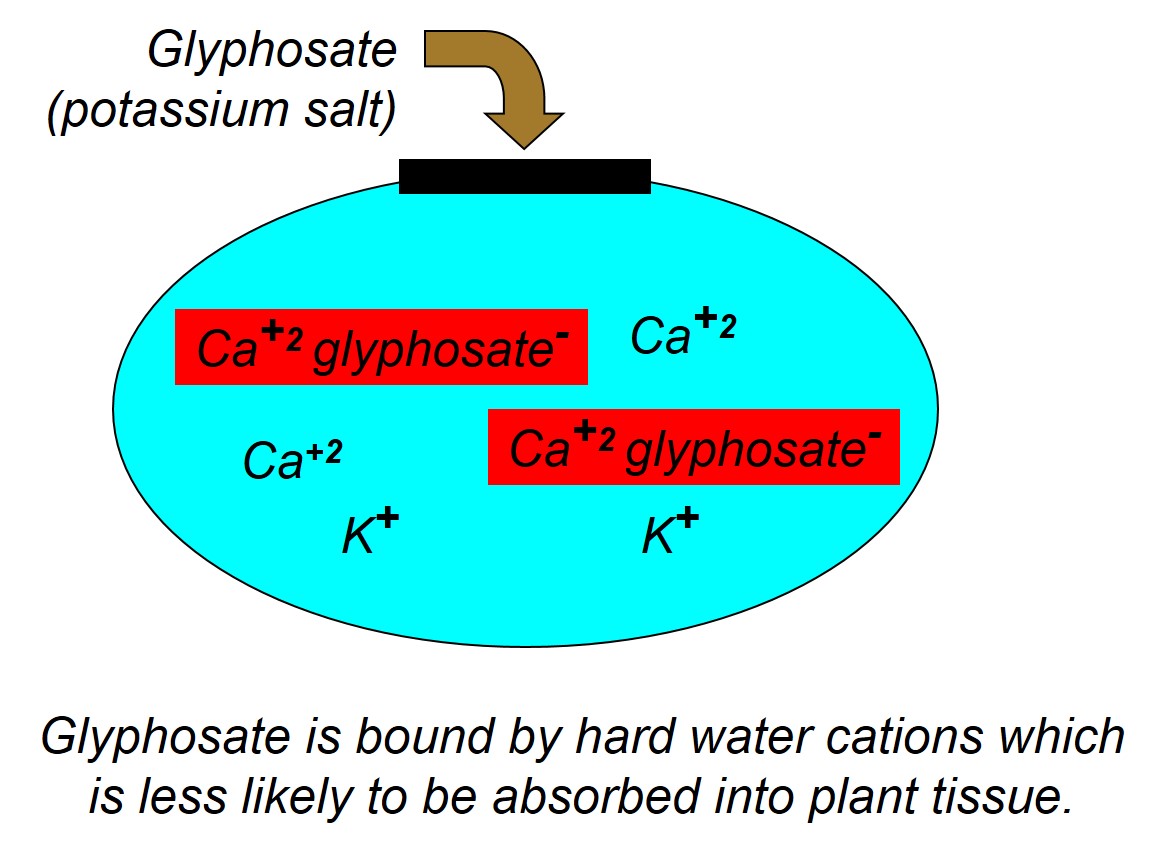
Mark your calendars and come on out to join us for our annual Purdue Weed Science Field Day!


Mark your calendars and come on out to join us for our annual Purdue Weed Science Field Day!
Last Fall we discussed the herbicide shortage for the 2022 growing season and outlined a couple of scenarios where we can switch to alternative herbicides to accomplish the same weed control objectives.
In last week’s article we discussed the herbicide shortage for the 2022 growing season and outlined a couple of scenarios where we can switch to alternative herbicides to accomplish the same weed control objectives.

There is a lot of speculation about a herbicide shortage for the 2022 growing season, which will impact weed management decisions starting with fall applications.
The Purdue Weed Science team is hosting an educational field day for farmers, agricultural industry professionals, Extension educators, consultants and others who apply herbicides.

We have received a few questions this winter and spring about ammonium sulfate (AMS) rates to use with postemergence herbicides and how much is needed to overcome hard water issues.

This spring we have received a number of questions regarding the use of glyphosate-based burndown herbicides programs with ATS (ammonium thiosulfate). Increased use of ATS is being driven by the fact that sulfur deficiency symptoms are showing up on fields with low sulfur soil test levels.

This spring we have received a number of questions regarding the use of glyphosate-based burndown herbicides programs with ATS (ammonium thiosulfate).
© 2025 Purdue University | An equal access/equal opportunity university | Copyright Complaints | Maintained by Pest&Crop newsletter
If you have trouble accessing this page because of a disability, please contact Pest&Crop newsletter at luck@purdue.edu.